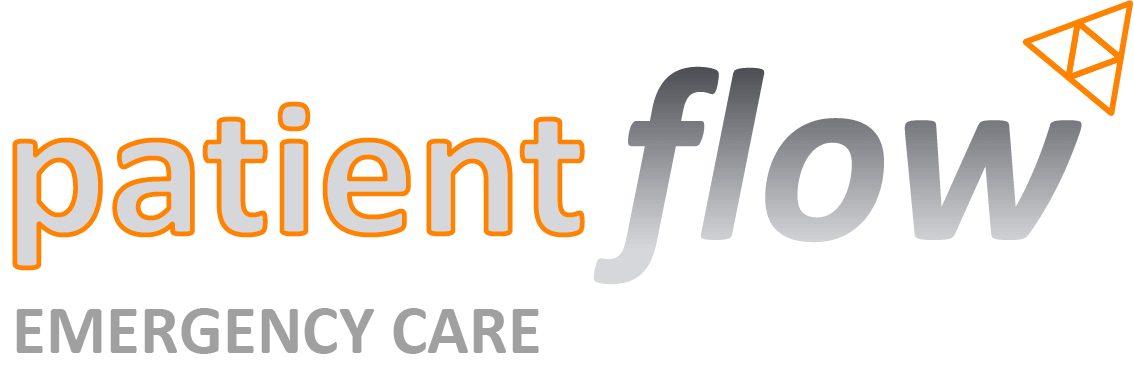Patient Flow – Emergency Care
Patient Flow- Urgent and Emergency Care
Meeting the urgent and emergency care challenge
Around 25 million people are seen at A&E, or minor injuries units each year1. It’s estimated that whilst between 1.5 and 3 million of these people could be seen elsewhere, A&E often seems like the best, or only option. Emergency admissions from A&E place an even greater demand on the health service. Patients admitted as emergencies often require complex care from a range of professionals and an available bed in an appropriate ward must be found. The increase in A&E attendance and admissions has impacted patient care as longer waiting times lead to delayed diagnosis and treatment. It has also had an impact on the NHS workforce with trusts finding it difficult to recruit and retain clinical staff in such a high-pressure environment.
How can we help?
At Alamac we work with NHS leaders to help them understand which metrics they need to monitor as well as putting in place proven delivery strategies designed by NHS experts. Our urgent and emergency care support improves transparency across systems providing an overview of performance, demand and capacity. Our highly-skilled delivery teams of trained leaders and clinicians use our unique Kitbag and work within systems and alongside operational and clinical leaders to create change and improvement throughout the whole health and social system; managing increased attendance and admittance from A&E to the delayed transfers of care and have a positive impact on patient flow across the system.
Working with you to make genuine improvements
Three component parts help deliver sustainable improvement:
- Simple process – transparent, objective information held in one place so that everyone can see and act upon the same intelligence
- Clinical method – information is reviewed daily and used to make non-emotional observations, driving the most appropriate action to achieve real benefit
- Technology – The Kitbag is a cloud-based tool for triangulating data, helping teams to understand performance trends and ‘cause’, correlation and interaction’ of key measures. We help you see ‘what good looks like’ and set up automated alerts
In addition, we will:
- Work alongside and in partnership with teams and organisations across the wider system.
- Support the teams – their operational and clinical leads – to determine daily measures that will measure the demand and capacity within the services.
- Create ‘daily Kitbags’ for key stakeholder organisations within the systems and work with the teams to use the data on a daily basis. We will facilitate daily review, conversation and challenge of the data enabling the teams to understand the ‘cause’, correlation and interaction’ of the data.
- Develop a bespoke suite of reports for support the teams, services and organisations. The reports can be daily, weekly and/or monthly as required.
What are the benefits?
- Transparency and visibility of key daily performance and activity data, enabling open and honest conversations around challenges and solutions
- Areas of variation in capacity and demand across the system and organisation can be identified for focussed action
- Identification of operational pressures escalation level (OPEL) triggers
- A system which can move towards being predictive rather than reactive
- We can act as an independent ‘critical friend’ to CCGs and system partners
- ‘Team to board level assurance’ for the delivery of key actions, whether those are aimed towards improving A&E performance, a reduction in delayed transfers of care, or other priorities that are set within the system
- A suite of reports which support operational delivery and performance assurance to the required level such as the transformation board or trust board
“We don’t need to debate daily what system alert status we are on. We have an alert status that everyone has agreed on, abides by and takes appropriate action on. We agree the most important triggers and measurables that will be more highly weighted than other triggers, so it’s a true reflection on where the pressure are. If we need to change something immediately, I just contact Alamac and within 24 hours it’s changed.”
Jayne Tunstall, Head of System Resilience and Urgent and Emergency Care, North East Hampshire and Farnham CCG and East Berkshire CCG
Listen to what our partners have said about us:
Find out more
- Pick up the phone
- Email us
- Visit our website alamac.co.uk
Chief Operating Officer Senior Delivery Partner
Sarah McGovern Karen Evans
07715 110 524 0777 244 3147
Sarah. McGovern@alamac.co.uk Karen.Evans@alamac.co.uk
References
- Next Steps on the NHS Five Year Forward View, NHS England, March 2017
